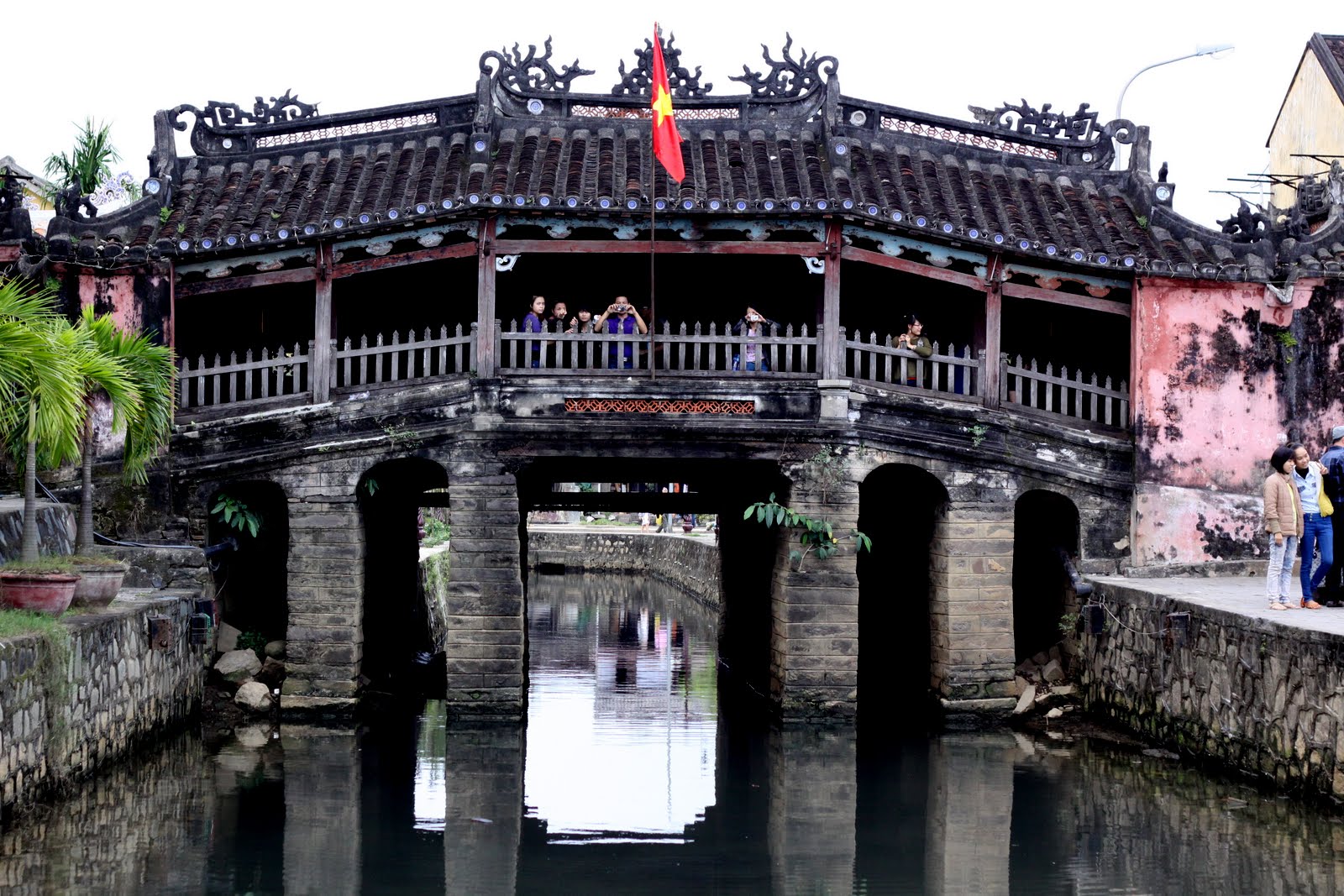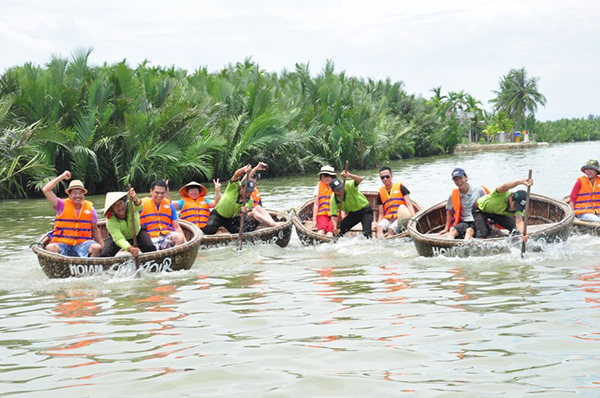HOI AN SILK VILLAGE

Located near Hoi An Ancient Town, Hoi An Silk Village gradually becomes an appealing attraction luring tourists. Coming here, tourists have a chance to ascertain about fabric-weaving methods as well as admire special handicraft products.

Far about 1km from the center of the ancient town, Hoi An Silk Village is home to sericulture presentations, silk weaving with a desire to honor the quintessence of Vietnamese handicraft villages.

Here, to continue heritage road of Hoi An Ancient Town - World Cultural Heritage, Hoi An Silk Village is a living museum of mulberry, silkworm, tools and ways of Champa - Dai Viet textile and garment. The silk village is a home to keep traditional culture in order that people have a chance to ascertain about the cultural history of traditional silk, as well as costume culture at Hoi An cultural heritage.

Once the “silk hub” of Quang Nam Province, the Hoi An silk industry employed thousands of Quang Nam residents and sent its products across the “silk sea road” to Europe and Asia. The Hoi An Silk Village was once home to dozens of artisanal craftsmen that worked in the production, manufacturing and weaving of silk products using solely silkworms.

However, the Village became unprofitable and closed almost 100 years ago because of competition and declining interest in artisanal silk products. The Hoi An Silk Village seeks to revive this part of Hoi An’s history by working with the tourism industry and promoting the artisanal process and silk products of the ancient village.
This beautiful little bridge is emblematic of Hoi An. A bridge was first constructed here in the 1590s by the Japanese community to link them with the Chinese quarters. Over the centuries the ornamentation has remained relatively faithful to the original Japanese design. The French f lattened out the roadway for cars, but the original arched shape was restored in 1986.

The bridge was opened by Nguyen Phuc Chu Lord in 1719 who carved three Chinese symbols above the door in commemoration. The bridge also features the sculptures of two dogs and two monkeys representing the Chinese years in which many Japanese Emperors were born along with the fact that the building of the bridge began in the year of the dog and was completed in the year of the monkey. The Japanese Covered Bridge underwent renovation work in 1986 which saw the restoration of the arch that was once flattened to make way for cars. Today, the bridge stands as a symbol of Hoi An and remains as aesthetically pleasing as it was when it first opened.
The structure is very solidly constructed because of the threat of earthquakes. The entrances to the bridge are guarded by weathered statues: a pair of monkeys on one side, a pair of dogs on the other. According to one story, many of Japan’s emperors were born in the years of the dog and monkey. Another tale says that construction of the bridge started in the year of the monkey and was finished in the year of the dog. The stelae, listing all Vietnamese and Chinese contributors to a subsequent restoration of the bridge, are written in chu nho (Chinese characters) – the nom script had not yet become popular. While access to the Japanese Bridge is free, you have to surrender a ticket to see a small, unimpressive temple built into the bridge’s northern side.
Know locally as Cau Nhat Ban or the Pagoda Bridge, the bridge connects Tran Phu with Nguyen Thi Minh Khai. Crossing over the bridge you will find plenty of paintings for sale by artists living in the vicinity. The bridge is about 60 feet in length and simply, yet colourfully painted in red with a wooden pagoda roof. The Japanese Covered Bridge is very well preserved and features a roof meaning you can visit at any time of day regardless of the heat or the rain.